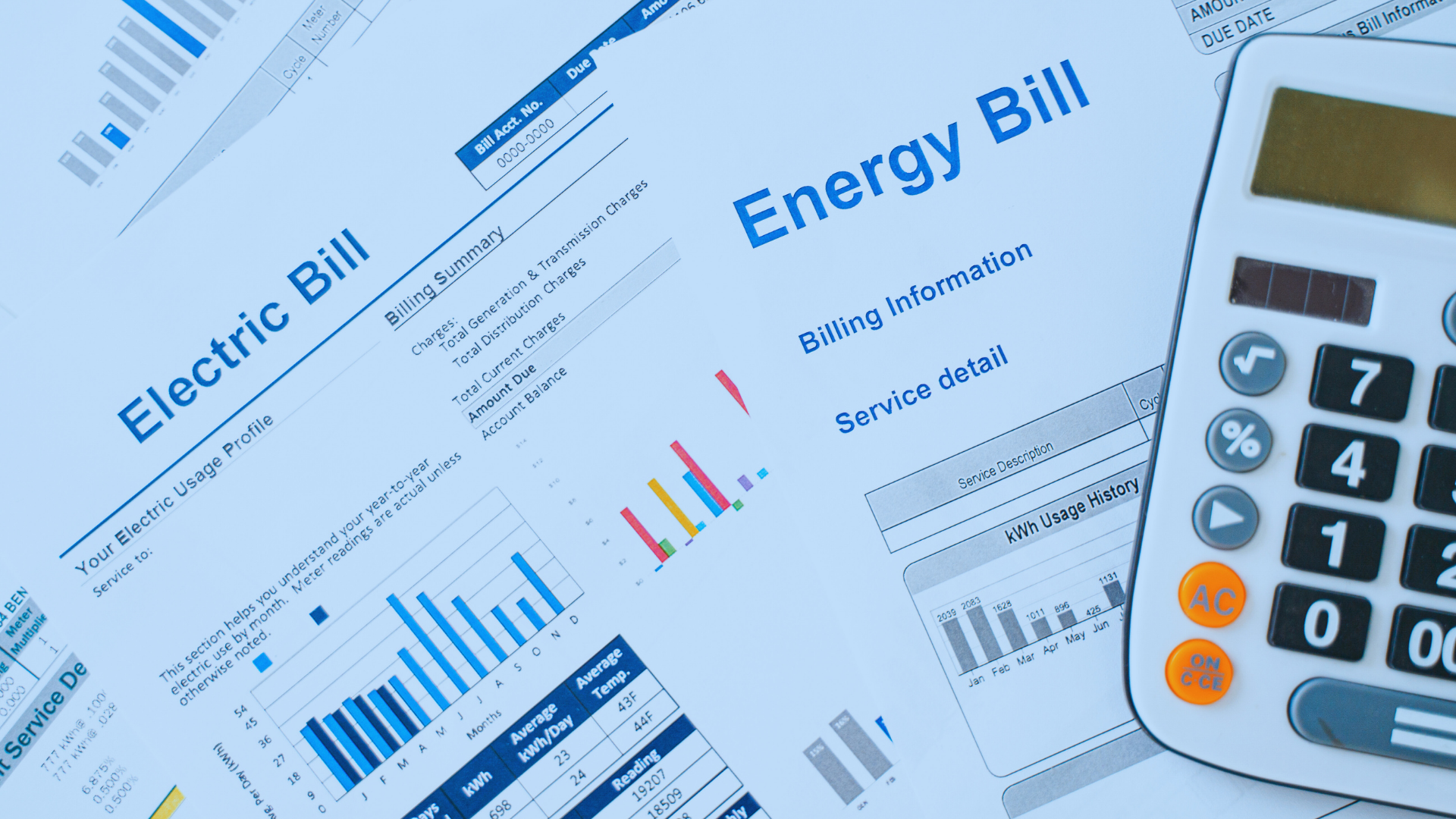Hot Topic: Climate Change and Our Extreme Weather
Americans have been griping all summer about the weather. It feels hotter than usual this year.
Turns out, that’s because – it is.
The National Oceanic and Atmospheric Administration (NOAA) just confirmed that America is enduring the hottest weather in our recorded history.
In fact, the past 12 months have been the warmest 12 months in the continental U.S. since record-keeping began back in 1895.
It’s not a coincidence either. NOAA says the odds of our record heat being a random event — rather than part of a global warming trend — are about 1 in 1.6 million.
How hot is it, really? Consider these facts from NOAA:
- From June 1st through July 10th of this year, the U.S. broke 147 all-time high-temperature records.
- In June of 2012, communities across the U.S. broke 2,284 daily maximum temperature records. In the week of July 1st through July 9th of this year, they broke another 2,071.
- The average temperature in the contiguous United States was 71.2 degrees Fahrenheit this June – two full degrees above the 20th-century average.
Those scary statistics are just for the past six weeks. But our miserable June followed the blistering heat from last year.
Read all about it in NOAA’s new report, State of the Climate in 2011.)
Take a look at this partial list of cities that broke records from June of 2011 through May of 2012:
- Detroit – 101 degrees (daily record)
- Syracuse – 101 degrees (daily record)
- Mitchell, SD – 102 degrees (daily record)
- Minneapolis – 103 degrees (daily record)
- Bridgeport, CT – 103 degrees (all-time record)
- Denver – 105 degrees (all-time record)
- Newark– 108 degrees (all-time record)
- Houston – 109 degrees (all-time record)
- Miles City, MT – 111 degrees (all-time record)
- Wichita – 111 degrees (daily record)
- Little Rock – 114 degrees (all-time record)
- Childress, TX – 117 degrees (all-time record)
We’ve included some of those temperatures in our newest EDF public service announcement, which is running on the jumbo screen in Times Square. Just in case you’re not in Times Square right now — see the ad here.
The blazing temperatures have led to other problems as well:
- The U.S. Drought Monitor says more than 56 percent of the contiguous United States is now under drought conditions — the highest level since record-keeping began in 2000.
- Wildfires destroyed 1.3 million acres in Colorado and across the U.S. last month.
- Wyoming recorded its driest June ever this year; Colorado and Utah recorded their second-driest Junes.
At the same time:
- Florida recorded its wettest June ever — thanks in part to Tropical Storm Debby, which dumped more than two feet of rain on some towns, and spawned flash floods and almost two dozen tornadoes.
- Duluth, Minnesota also had record floods last month.
- Large parts of the East Coast got hit by a killer Derecho storm that killed more than two dozen people; more than three million lost electricity, some for more than a week.
- Washington, D.C. broke its record for worst heat wave ever, according to the Washington Post.
Unfortunately, these bad weather trends are not unexpected. For a long time now, the world’s top climate researchers have told us about the strong evidence of links between dangerous weather and climate change.
Here at EDF, we’ve been talking – and blogging – about the issue for a long time. It was barely more than six months ago that we posted about the IPCC report on climate change and extreme weather. Sadly, looking back at the last round of weather disasters gives our current sweltering summer a sense of déjà vu.
Greenhouse gas pollution traps heat in our atmosphere, which interferes with normal weather patterns. That means we can expect more – and probably worse – weird weather in the future.
Climate change doesn’t just mean higher heat. It means more severe and damaging weather events across the country – including more frequent and heavier rains in some areas, increased drought in others, a potential increase in the intensity of hurricanes, and more coastal erosion because of rising sea levels.
Changing weather patterns changes will affect our agriculture, water supplies, health and economy. They’ll affect every American community and, ultimately, every American.
That’s why EDF is dedicated to reducing carbon pollution.
After all the reports, and all the statistics, and all the bad weather –there’s no excuse for not fighting climate change.












